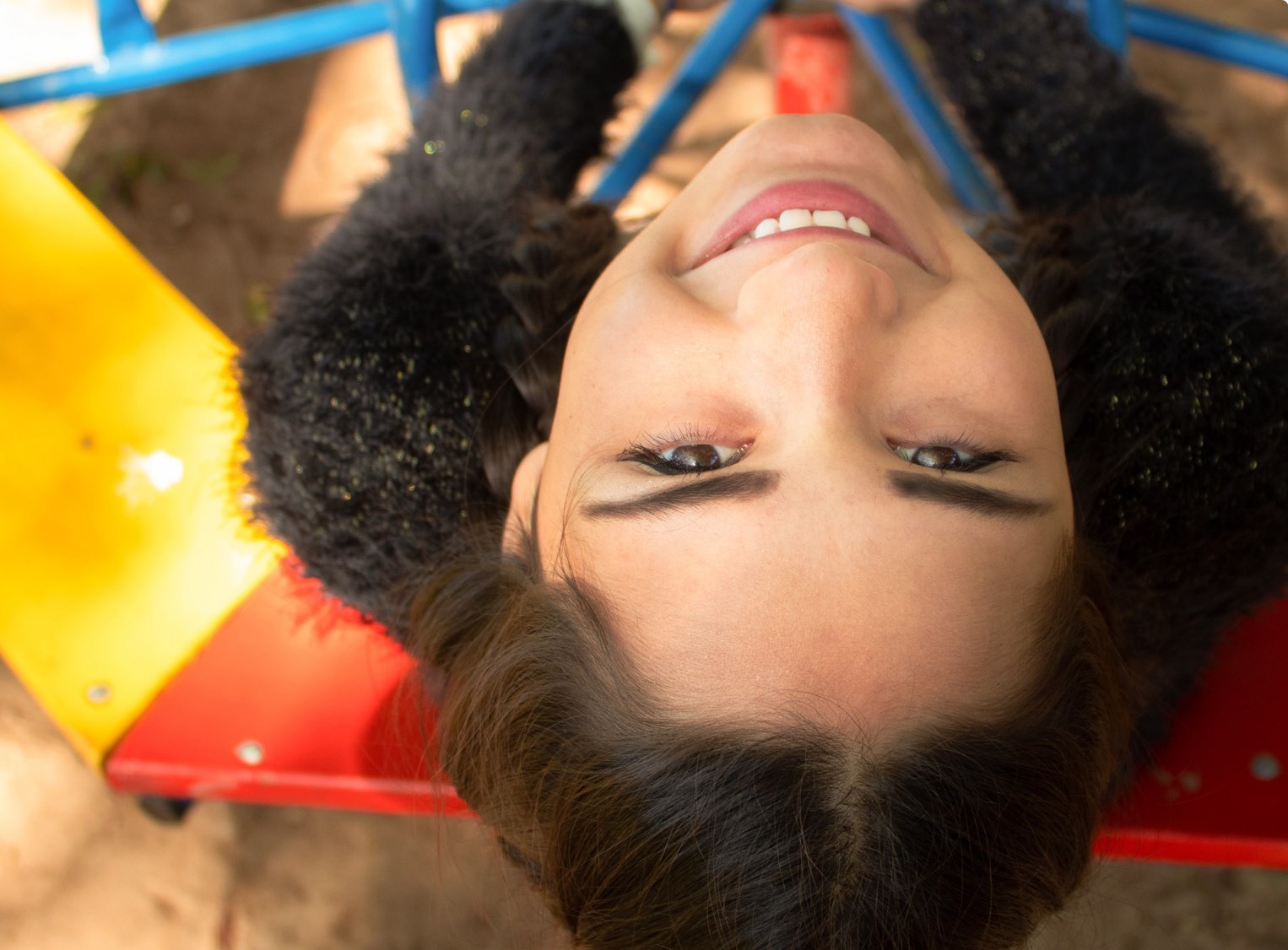Photo by michael podger on Unsplash
In the last newsletter, I continued this series examining Winnie Dunn’s model of sensory processing, looking at those with high neurological thresholds: seekers and bystanders.
In this newsletter, I am going to consider those with low neurological thresholds: avoiders and sensors, and see how their sensory patterns impact upon them in everyday life.
Avoiders

Avoiders have a low neurological threshold and an active self-regulating strategy. Avoiders are more sensitive to sensory input than others and often experience the input as uncomfortable. Their active self-regulating strategy means that they try to avoid the sensory input that they find uncomfortable or distressing.
Avoiders want to limit the amount of sensory input they receive, they don’t like new sensory experiences and they prefer things to stay the same. They like routines and don’t like change. Change means that a new sensory experience may occur that they are not anticipating. They often like to be on their own and may well avoid social or busy situations. They may appear to be controlling, rigid or stubborn as they try and manage the sensory experiences around them.
Avoiders like order, predictability and routines. In the home, they will like a ‘minimal’ environment that is well organised and doesn’t change.
The challenge for avoiders is they are often misunderstood by others. They find it hard to be with other people, and may seem to be rigid, or controlling. They may well prefer to remove themselves from others and be on their own.
Sensors
Sensors have low brain thresholds (like avoiders) but they respond with a passive self-regulating strategy. Their low neurological threshold means they also have a very small cup for sensory input but unlike avoiders they don’t try and stop their cup being filled.
Sensors notice sensory input that others don’t notice. They can easily be overwhelmed by sensory input as they notice so much. For example, they may hear or smell things that other people don’t notice at all. They may find it challenging to block out sensory input that isn’t relevant, and that others can ignore. This means they can be easily distracted as well.
As sensors are very sensitive to everything that is going on around them, they will pick up on other’s moods and emotions. This can make them sensitive to the needs of others.
Sensors notice things more easily than other people, so often will notice the details and changes. They will perform better in more organised environments and situations.
Resources
Living Sensationally by Winnie Dunn
In this book Winnie Dunn explains how your individual sensory patterns affect the way you react to everything that happens to you throughout the day.
If you would like to find out more about Winnie Dunn’s model, then this is an easy to read book.
There are some very interesting chapters on how our individual sensory patterns affect our relationships with some good strategies.



